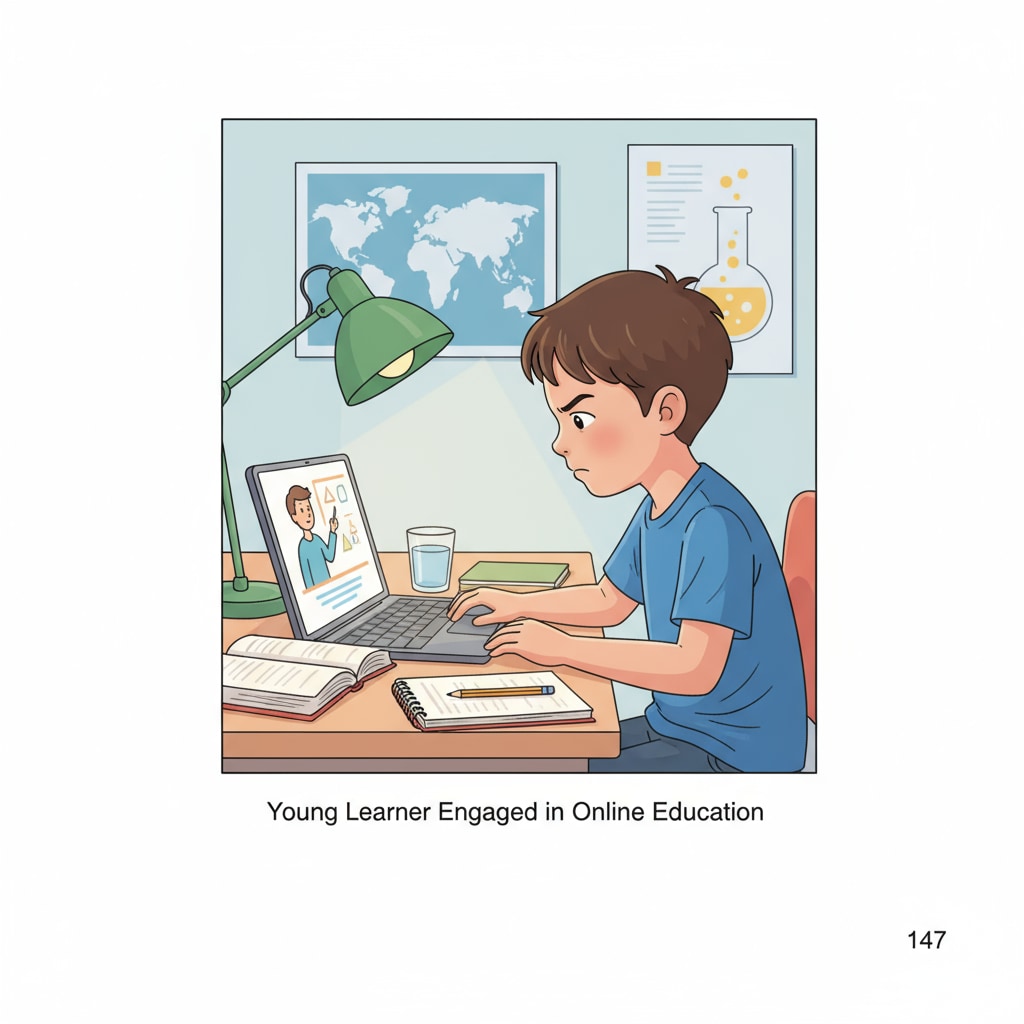Online school, productivity, mental health, and procrastination are intertwined aspects that students, particularly teenagers with mental health concerns, often grapple with. In the digital age, online learning has become a popular option, but it also brings unique challenges. This article will explore practical ways to enhance productivity and overcome procrastination while taking care of mental health in the online school environment.

Creating a Structured Environment
One of the keys to boosting productivity in online school is creating a structured environment. Just like in a traditional classroom, having a set schedule and a dedicated study space can make a significant difference. For example, establish specific times for attending classes, doing homework, and taking breaks. This helps train the mind to be in “learning mode” during those periods. A structured environment also reduces distractions, allowing students to focus better on their studies. According to Psychology Today, a routine provides a sense of stability and control, which is beneficial for mental health.

Setting Clear Goals
Setting clear goals is another crucial strategy for improving productivity and avoiding procrastination. Break down large tasks into smaller, manageable steps. For instance, if you have a research project due, set goals for each stage, such as finding sources, writing an outline, and drafting the paper. Having clear goals gives a sense of direction and accomplishment as you tick off each step. It also helps prevent the feeling of being overwhelmed, which can often lead to procrastination. Verywell Mind emphasizes that goal-setting is an effective way to increase motivation and productivity.
When it comes to mental health, achieving small goals can boost self-esteem and confidence. This positive mindset can further enhance productivity and reduce the likelihood of procrastination. By focusing on what you can achieve rather than what seems daunting, you can create a cycle of success in your online school journey.
Readability guidance: Using short paragraphs and lists helps summarize key points. Each H2 section provides a list of strategies. By controlling the proportion of passive voice and long sentences, and adding transition words like “for example” and “also”, the article becomes more readable and engaging.


